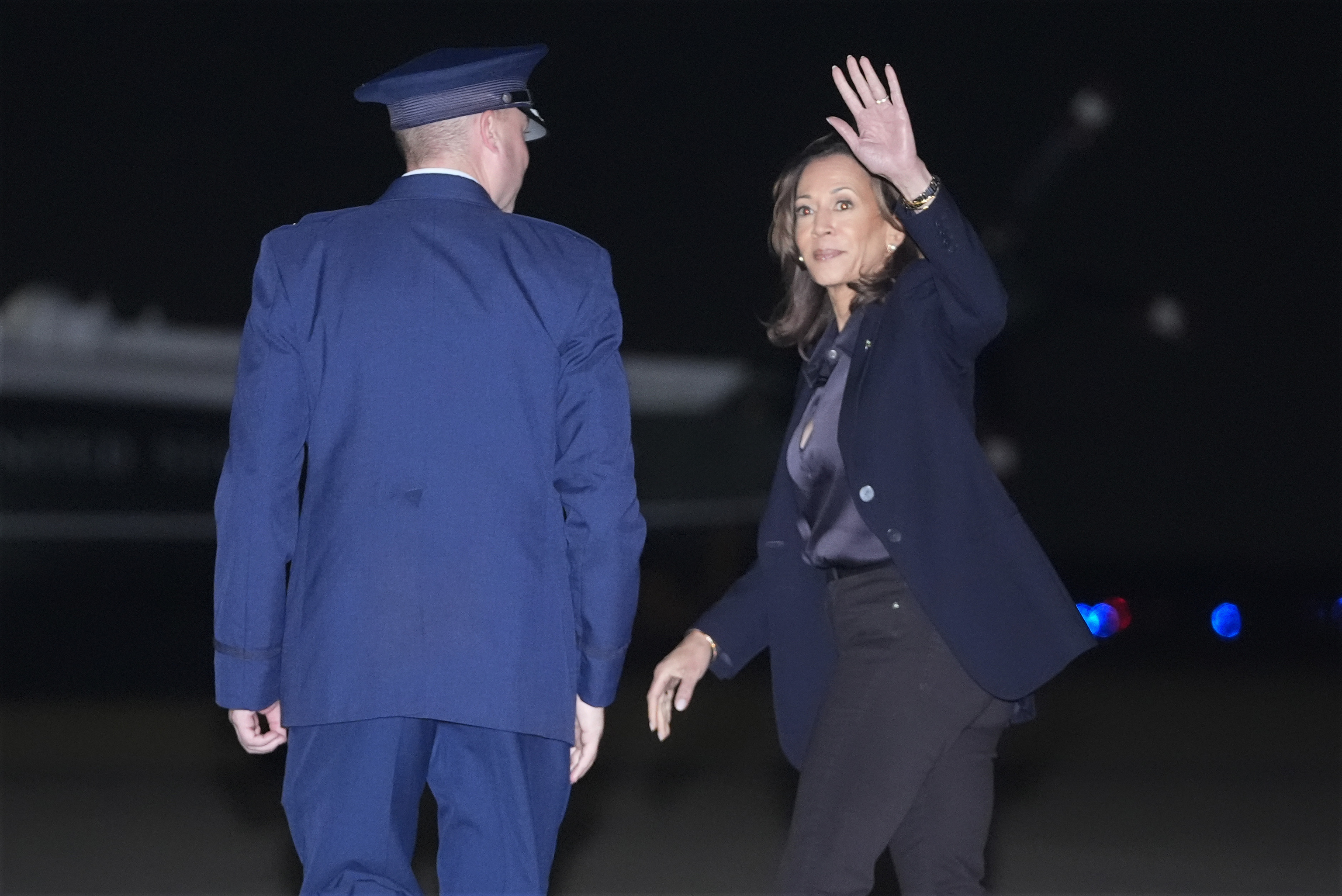There is one month left until the United States elections, and the standard phrase is "Kamala Harris leads over Trump, but within the margin of error". That's what happens when a candidate leads by one to five points over their rival. And that's the case for the vice president, who is ahead in all polls, except for those from Rasmussen Reports and Trafalgar Group, which few take seriously because they tend to overestimate the voting intention for all Republican candidates by 1.5 and 2 percentage points, respectively, according to the statistics website FiveThirtyEight, owned by the ABC television network.
The problem for polling companies - and, of course, for Harris - is that this already happened in 2016 and 2020. In both elections, Trump received many more votes than expected. And with her slim lead, Harris knows that if this repeats in 2024, the Republican will win clearly and decisively.
The key is the emergence of a new type of citizen: the "shy Trump voter," consisting of several million people who do not appear in polls but then vote for that candidate. Identifying this electoral unicorn has become one of the pollsters' obsessions in 2024. If the "shy voter" stops being shy and is reflected in the polls, Harris can win. If not, she may have to say goodbye.
In reality, it's not a shy voter. It's a voter that pollsters cannot find. For example, in these elections, experts believe there will be a considerable number of elderly people who have not voted in a long time - and therefore tend to escape the pollsters' 'radar' or do not respond to questionnaires - and will now vote in favor of Trump. This group may outweigh the young vote, which tends to vote Democrat and has been reactivated with Harris' nomination and singer Taylor Swift's call to vote for her.
Past events condemn Harris
But aside from the speculation about what is happening now, the historical precedent is grim for Harris. Take, for example, the state of Pennsylvania, which is the most important of the seven that will decide the winner on November 5th. According to the polling average from the 'Trump-leaning' website RealClearPolitics, Harris and Trump were tied on Friday with 48.2% of the vote intention each. This means that if the polls have not improved, the best thing the vice president can do is not set foot in that state again and consider it lost. Because, according to the same statistics, on October 4, 2016, Hillary Clinton led Trump by a whopping 5.4 points in Pennsylvania. When the votes were counted, Trump won by 0.7%. On October 4, 2020, Biden was 6.5 points ahead of Trump. He won, but only by 0.2%.
This means that the RealClearPolitics average, the most used by the media, has a bias against Trump in Pennsylvania of between 6.1 and 6.3 percentage points. This is a huge difference in an election, especially in a well-connected territory located exactly between Washington and New York, with a high population density and two of the country's most important cities, Philadelphia and Pittsburgh.
The same happens in the other six decisive states. In Wisconsin, the polling average was off in favor of the Democrats by a whopping six points in both 2016 and 2020. In Michigan and North Carolina, the forecasts improved slightly in 2020, but still overestimated the vote in favor of Biden by one to three points. In Arizona, the opposite occurred. After being spot on in Trump's elections against Clinton, they missed the mark in Biden's elections, exaggerating his advantage by three points. Only in Georgia were they correct in both years, while in Nevada, showing a notable bipartisan spirit, they erred in 2016 in favor of Clinton and in 2020, of Trump.
Many of these errors fall within the margin of error of statistics. A difference of one to three points is impossible to eliminate. But a six-point difference, as in Pennsylvania and Wisconsin, is harder to understand, especially when it repeats every two years and always favors the same political party. It is clear that the political polling model is not working.
Pollsters deny it and insist that this time they have adapted their models to the new reality, making them, for example, less dependent on census data and landline phone calls, and conducting more internet surveys, which have become a key source of political information, especially among followers of conspiracy theories who tend to vote for ultra candidates like Trump. In the end, polls seem more like an art than a science. An art that, for Kamala Harris' campaign, is a kind of Goyaesque depiction of the series 'The Disasters of War.'
